FS Colour Series: Sky Inspired by Vincent van Gogh’s Swirling Skies
In Vincent van Gogh’s late paintings, pale blues like Sky became a primary feature, documenting his own intimate, expressive response to the landscapes of Saint-Remy and Auvers. His landscapes convey the wonder he felt at the swirling, iridescent blue light opening out above and all around him, which he painted in sparkling, luminescent shades of pale blue built up into rich, impasto textures. The crisp, clear nature of his skies stood in stark contrast with the weighty solidity of the dense ground and trees below, painted in earthy greens, yellows, browns and blacks, a contrast which seemed to reflect his increasingly fluctuating states of mind.
Having spent years travelling widely throughout the Netherlands and France, Van Gogh spent the final years of his life between Saint-Remy and Auvers. During this time, he was immensely prolific, producing a vast body of work including 150 paintings that are now recognised as the most accomplished of his entire career. He moved to the asylum of Saint-Paul de Mausole at Saint-Remy in 1889, and spent a year convalescing from an earlier bout of mental health issues. While here he embarked on a series of paintings that documented the olive gardens, cypresses, mountains and villages in the surrounding area with dazzlingly brilliant colours and lively, fervent brushstrokes, a style that came to encapsulate the post-Impressionist era.
Wheatfield with Cypress Tree, 1889, is one of the most celebrated paintings Van Gogh made during his time at Saint-Remy. He was fascinated by the cypress trees he encountered here, noting how their weighty solidity made them stand out like sculptures against the light-infused sky, writing, “The cypress trees are always on my mind… They are beautiful, in lines and proportions, like Egyptian obelisks. And the green is of such a distinguished quality.” In this painting, we see how he balances the feathery lightness of the cloud-filled, blue and white sky with the dense dark green of the cypress tree, and the warm ochre fields beyond. Observing this stark, eye-catching contrast in a letter to a friend, he wrote, “You should see [the cypresses] here against the blue, in the blue to put it better.”
Green Wheat Fields, 1890, is among the many paintings Van Gogh made during his tranquil year at Saint-Remy, and it captures his easy, meditative state of mind while painting alone in the wide-open wilderness. The sky is a whirlwind of movement, as fluffy white clouds swirl into passages of pale blue and lilac as if caught mid-motion in the ever-changing patterns of the weather. Van Gogh contrasts the wispy lightness of the blue sky with dense, bold and acid bright greens that invoke the lively, fertile growth of the plants below. He paints the field with a series of repetitive brushstrokes applied in undulating passages that invoke the movement of the breeze as it bristles through the long grass.
Having recovered from his bout of ill health, Van Gogh moved to Auvers-sur-Oise to live closer to his beloved brother Theo. While here Van Gogh continued to be highly productive, working in the open air with the same enthusiastic, restless energy as in Saint-Remy. Plain Near Auvers, 1890, captures a different, less wild and more cultivated view, emphasising the structured patterns of the fields with a series of rigid, repetitive straight lines, while a small cottage is just visible on the left. Across the horizon, Van Gogh paints the sky in a vivid, luminous shade of pale blue that seems to cast its tranquil light out across the entire scene below. He contrasts the sharp, linear blades of wild grass in the foreground with a smattering of speckled dark blues across the upper sky, demonstrating his enduring love for the wild and untameable side of nature.





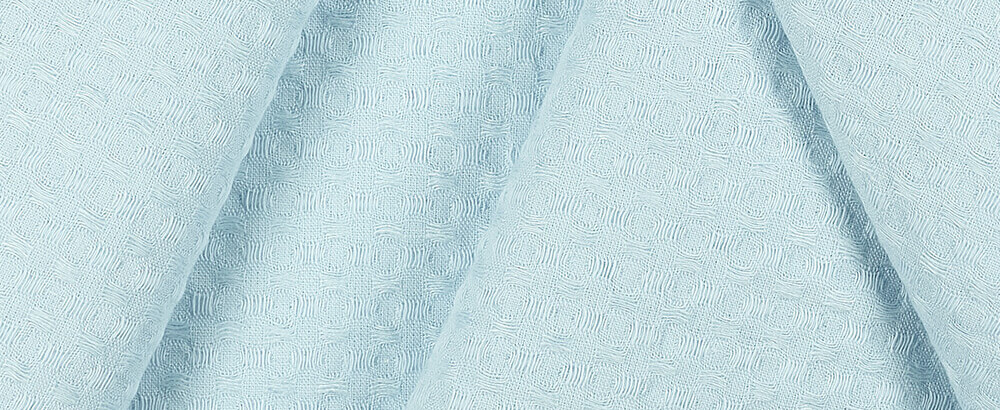
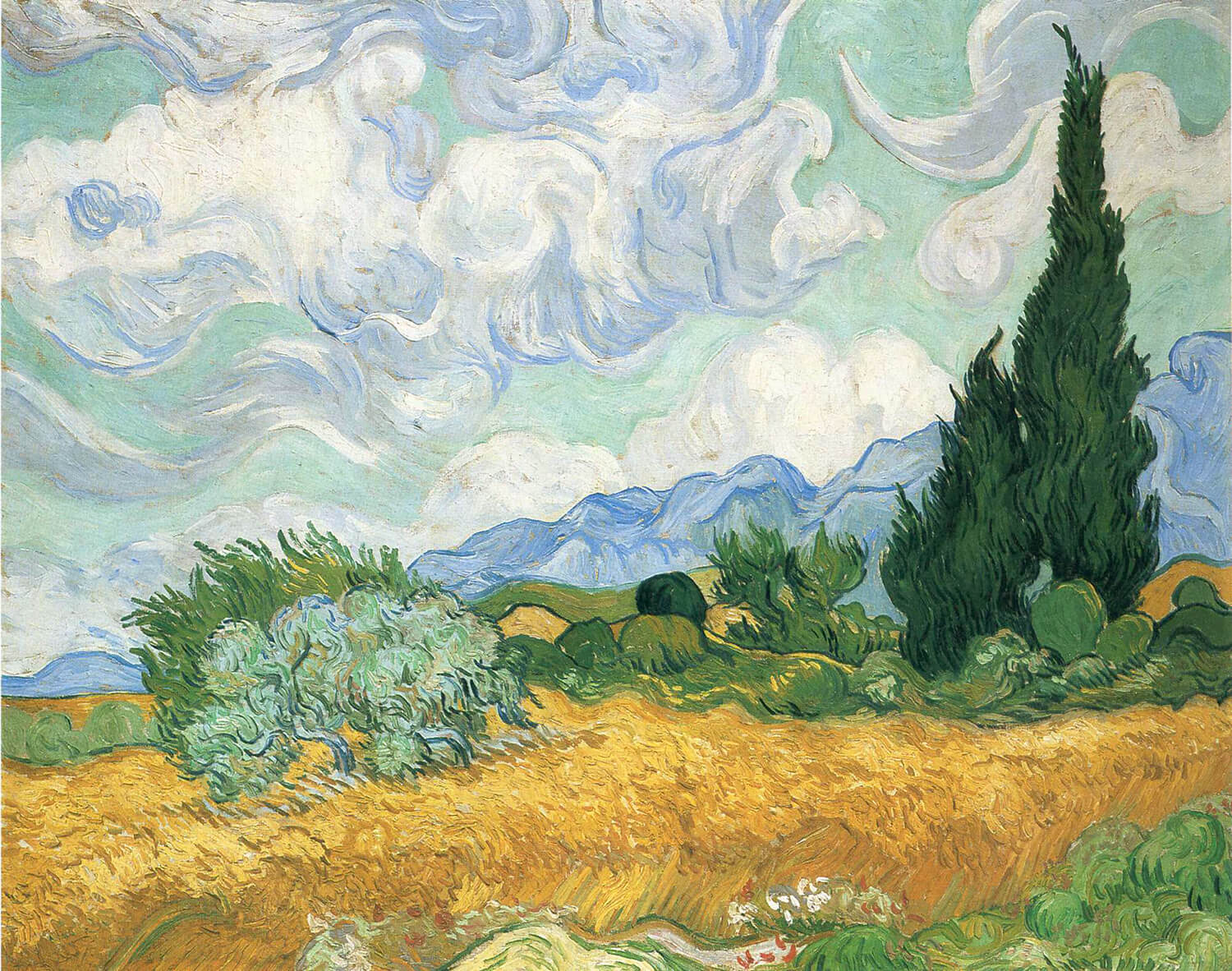

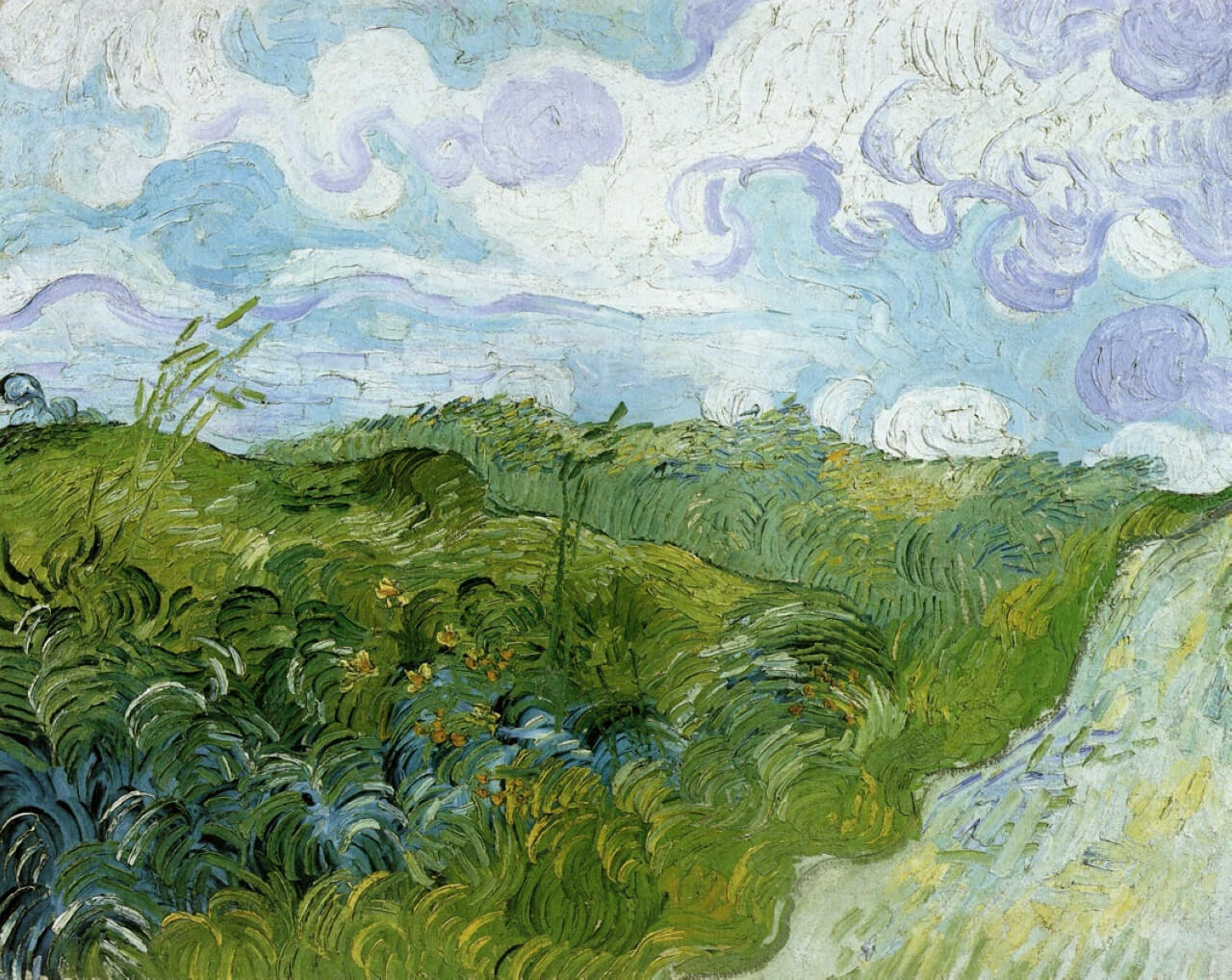
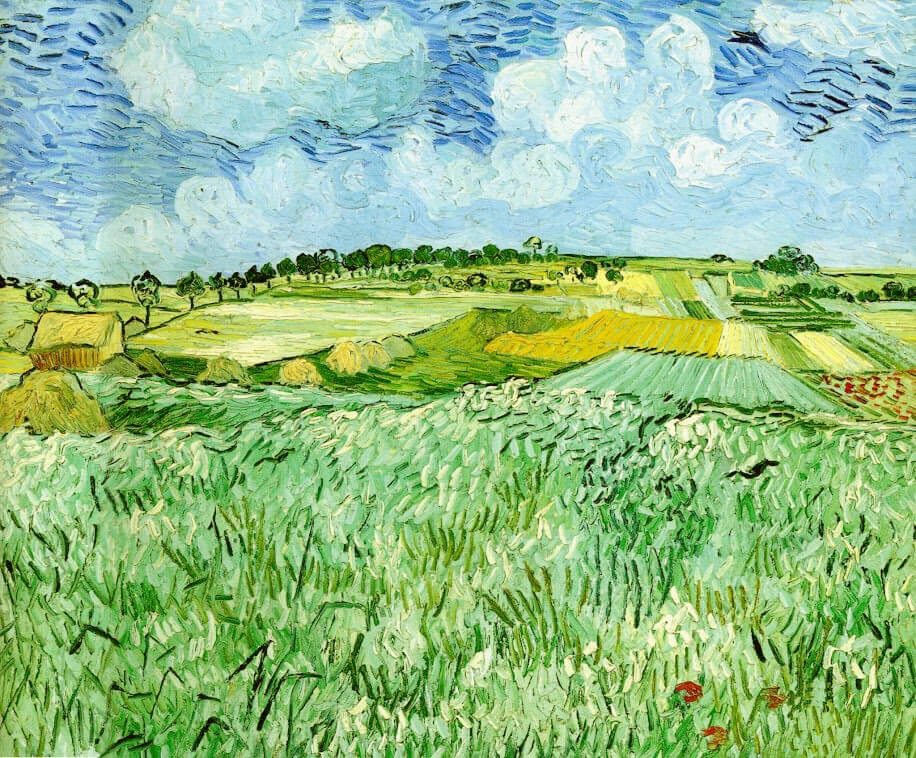




















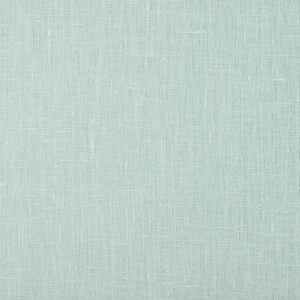


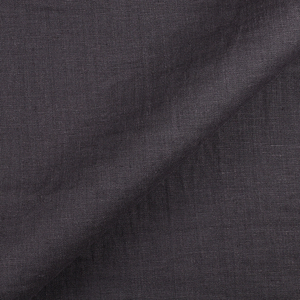



















Leave a comment